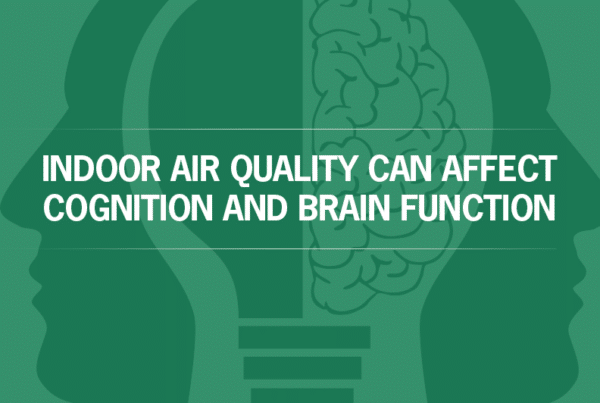08/16/2010 // Riverdale, NJ, USA // Camfil USA // Lynne Laake // (press release)
It’s a little-known fact with big significance: Americans spend as much as 90 percent of their time indoors, so the right air filters are critical . In a hospital setting, that figure – an estimate by the U.S. Environmental Protection Agency – can go even higher. Little wonder, then, that the quality of indoor air has a very real – and very sizable – impact on our health and well being. Little wonder, too, that hospitals, and indeed the entire healthcare industry, are focused with keeping air quality as high as possible.
Comfort is just one of the benefits. Within hospitals, the risk – and consequences – of airborne infection are very real, and often very perilous. Staff, visitors, and especially patients – whose immune systems may already be weakened and therefore particularly susceptible to new infections – can easily become sick (or sicker) due to poor air quality. If, for example, air filters have degraded to the point where they are no longer effective, dangerous particles can pass through the filtration system, increasing the possibility of infection. Poor indoor air quality – or IAQ – can also have a negative impact on the happiness and productivity of all occupants.
So how does a hospital make sure its IAQ is top notch? The U.S. Green Building Council (USGBC), in conjunction with the American Society of Heating, Refrigerating and Air-Conditioning Engineers (ASHRAE) and several other building industry leaders, have released a publication entitled “Indoor Air Quality Guide,” which provides 40 strategies for achieving healthy IAQ.
One key tip highlighted in the guide is to limit the entry of outdoor contaminants, which can have adverse health effects for occupants – particularly in a hospital setting. The problems can include potentially life-threatening ones, too, like cardiovascular difficulties and the aggravation of asthma. A crucial first step to creating a successful air filtration plan is to investigate local outdoor air quality to determine the level of filtration required for a healthy indoor environment. The Green Book, available on the EPA’s website at http://www.epa.gov/air/oaqps/greenbk/ is a useful resource for evaluating local air quality.
Indoor contaminants – especially those airborne particles spreading infection – have to be eliminated by the air filtration solution, as well. So it is essential to consider the efficiency of the air filters themselves. Camfil USA air filters, for example, feature an innovative design, using fine fiber media, to provide consistent high efficiency – and thus improved air quality – throughout filter life, unlike more traditionally designed air filters that degrade over time.
The high efficiency of Camfil USA filters brings another benefit, too: greatly reduced HVAC energy costs, typically 15 to 30 percent less than traditional air filters. So clean air doesn’t just mean healthy people. It means a healthy budget, too. And these days, that’s no small thing, either.
The world leader in air filtration systems and clean air solutions – for health care and other industries – Camfil USA provides the tools to achieve sustainability, maintain high air quality, and reduce airborne infections; all while lowering total cost of ownership. We’ve helped hospitals, office buildings, hotels, and other facilities go green without ever sacrificing performance. For more information on air filters, visit our newsroom at https://hvacairfiilters.submitmypressrelease.com, read about the Clean Air Solutions Company at https://cleanair.camfil.us, or call us at (toll free) 888.599.6620.
Media Information:
Address: 1 North Corporate Dr. Riverdale, NJ 07457
Phone: 888.599.6620
Url: HVAC Air Filters



